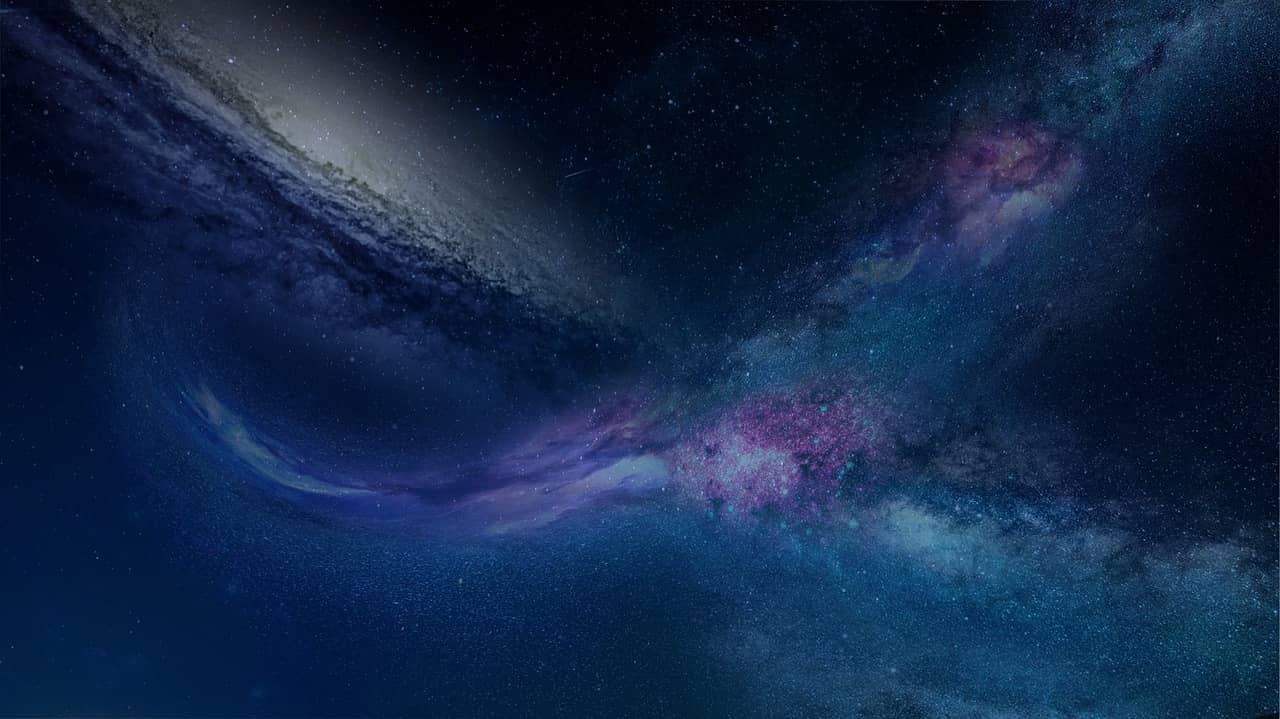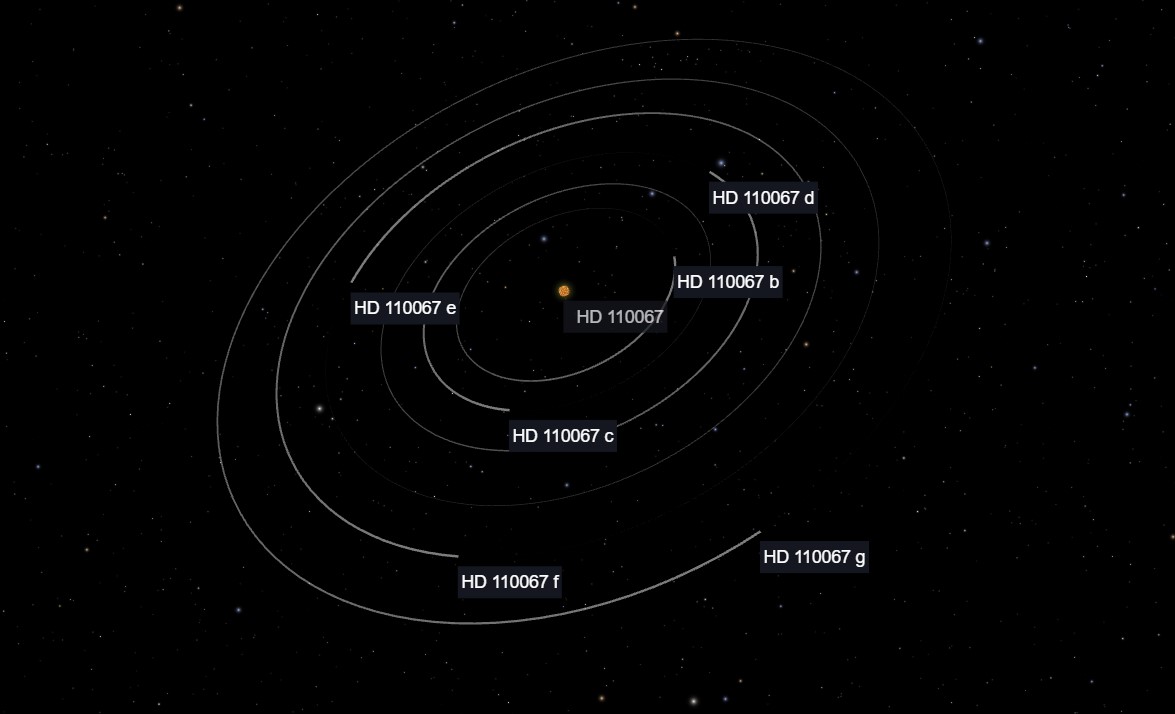Have you ever wondered how old is the water we drink every day on Earth? Well, we might have an answer that will surprise you. According to a recent study, it seems that the water is billions of years old, and it was formed long before the Sun, planets, and comets formed in our solar system.
In essence, astronomers revealed the first proof connecting water in our solar system to water in the enormous region of space between stars, or “interstellar medium.” This was made possible by the close observation of a protostar, a young star in the process of formation, and the disk of gaseous material that was forming around it. Scientists discovered that the water in this developing solar system isn’t just plentiful; significantly, it shares some chemical characteristics with the water in our solar system.
“We already knew that there is plenty of water ice in the interstellar medium,” Merel van ‘t Hoff, an astronomer at the University of Michigan who co-authored the new research, said in a statement. “Our results show that this water got directly incorporated into the Solar System during its formation. This is exciting as it suggests that other planetary systems should have received large amounts of water too.”
The water observed spinning around this far-off protostar, known as V883 Orionis, has hydrogen and a type of hydrogen called deuterium in remarkably comparable proportions to the water in our solar system. This is a strong chemical fingerprint that demonstrates the close connection between these disparate waters.
Finding proof that the water in our solar system originated from interstellar space has proven to be difficult. But, an interesting opportunity was ultimately presented by the protostar V883 Orionis. Radio telescopes with enormous antenna dishes are used by astronomers to study the disks of matter emerging around protostars. They’re specifically searching for a region known as the “snow line,” when water ice turns into gas. They receive the best, most complete information on H2O from this. It is impossible to see through the dusty center of the emerging solar system if this snow line is too close to the star. Nevertheless, in V883 Orionis, the snow line is farther away, providing astronomers with a wealth of information about the water in the early solar system.
The astronomers observed the water surrounding V883 Orionis using the powerful telescopes at the Atacama Large Millimeter/submillimeter Array, or ALMA, situated at an elevation of over 16,000 feet (5,000 meters) in Chile. Large clouds in far-off interstellar space emit long wavelengths of light that we cannot see, which are detected by these telescopes.
“Astronomers can use [this light] to study the chemical and physical conditions in molecular clouds — the dense regions of gas and dust where new stars are being born,” the European Southern Observatory’s ALMA website explains. “Often these regions of the Universe are dark and obscured in visible light, but they shine brightly in the millimetre and submillimetre part of the spectrum.”
Water on dust particles in these cosmic clouds freezes into ice in the extreme cold of interstellar space. The water eventually builds up on comets, asteroids, moons, and planets when this material eventually collapses and coalesces around a newborn star, like V883 Orionis. For instance, the moon’s craters occasionally overflow with water ice, the Earth is covered in a vast ocean, frozen comets zip by our solar system, and the moons Europa and Enceladus probably have deep oceans hidden beneath their icy exteriors. And according to the experts, this water originated in distant cosmic clouds located several light-years away.





